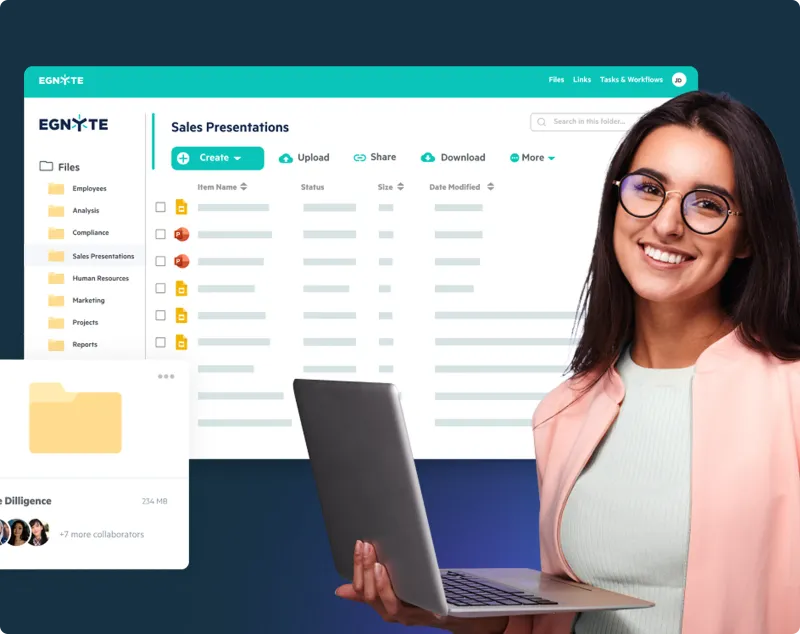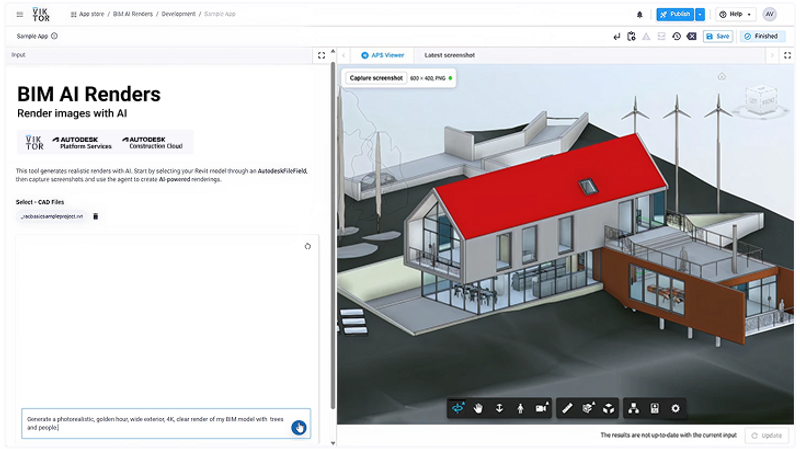Top Risk Management Tools For Construction
As the year kicks off, we observe that we’re only accelerating the momentum gained in integrating and adopting technology in the AEC industry. Famed as a laggard industry, such reputation may no longer be the case, especially as insiders in the industry confirm their excitement for what automated and interoperable workflows bring to their teams, companies and projects.
In this article, we cover aspects about Risk Management in the Construction phase, and how tools can augment teams for reduced risk while maximizing productivity gains. We will explore risk management through the following relevant considerations: Equipment Management, Safety Compliance, On-site Coordination, Legal & Finance, Supply Chain and Insurance.

Risk Management: Core Perspective
Before diving into the technologies and solutions addressing risk management, it’s critical to remind ourselves that Risk Management is at its’ core related to a combination of organizational behavior and business operations. Technology can only guide risk management practices, and ultimately organizational culture and transparent communication are critical considerations to successful outcomes. Let’s dive into solutions for each category mentioned above, and inspire workflows that elevate your team's outputs.
Equipment
Empowering construction labor workforce with the right equipment, at the right time, is key to a successful project. As the industry predicts construction labor shortage, we will notice more experimentation in construction practices that leverage automation and machines.
Robotics and automation are developing at fast rates, making some solutions feasible today. We notice this with Safe AI’s offering for automated heavy equipment.

At large however, most construction sites leverage long standing and trusted equipment and tools, ensuring their cost and availability support successful project outcomes. We appreciate platforms like Machine26, which support circularity practices and streamline equipment selling and purchasing. Repurposing well-maintained and functional equipment and tools is a great way to maximize usage out of a product’s life cycle, however at times, that can pose risk for unidentified issues. In which case, equipment rental could be a more viable solution. Not worrying about the maintenance and storage can be a great advantage, which is why Equipment Share poses as a great alternative.
Beyond ensuring that equipment is available for the project, one would also benefit from overall equipment management, especially as it relates to labor crew coordination. Fleetio was designed to reduce the risk of project delays that can arise from equipment failure. The transparency in equipment availability and operational status, would enable any team to stay on top of the tools they need, while maintaining consistent communication throughout the project.

Safety
With a higher rate of injuries and fatalities than other industries, safety is of high priority at all points during a construction. OSHA’s Fatal Four is a good example of how safety is simplified down to points a team can take preventive measures for.
In many ways, safety risk will strongly correlate with time and type of activity performed on-site. One of the realities is that on-site activity unless monitored, is not well documented or enforcing safety policies. Which is why it’s important to document activity, starting with easy to perform tasks such as check-ins. SafeSite Check In is designed to enable simple check in interactions and reporting, helping managers track activity and ensure safety compliance and site activity.

Projects often are more complex than requiring a simple check in. When it comes to managing further jobsite logistics, it’s great to have an environment that ensures collaboration and information visibility. Follo offers construction professionals with an environment that streamlines activities between safety and jobsite logistics. Smartphones are common in construction projects, and well designed mobile apps empower on-site labor to dive into digital workflows. Communication and effective scheduling enable successful project outcomes, which is why it’s great to see platforms enabling messaging features within their product.

Moving forward, we foresee that activity between machines and humans to be common on-site (and off-site), which enables AEC companies to reconsider tasks humans are best suited for to protect them from accidents and equipment injury. We notice experimentation of such considerations with Raise Robotics, and their pilot on a high-rise project installing rainscreen brackets on the edges of the floor slab. As the technology matures and becomes more accessible, we will likely notice increased adoption, especially as the industry navigates labor shortages.

On-site Coordination
Until robots do it all for us (which is very unlikely anytime soon), we have to maintain best practices when it comes to how we coordinate projects among our teams on-site. We all want to gain productivity while not cutting any corners, and with today’s capabilities, it sure is possible to be productive while increasing speed and quality.
In many cases, the more technology is implemented, the more likely it is for processes to become interrupted, requiring a new solution to optimize the now digital + physical environment. Oftentimes data becomes a problem, in the sense that it’s scattered and buried in various file formats. Fortunately a lot of the files we deal with are machine-readable, meaning it’s possible to upload files as they are. We see the applications for this with Constructable.ai, as they leverage project data and inform anyone on the team on what they’re looking for. Since the integration with existing project management software is possible, getting started becomes easier than setting up a new environment.
We are currently in an early stage for how interactions are better optimized, therefore we notice the common ChatGPT style interaction in this instance. How user interfaces are to be designed for better accessibility or improved visual experience, is something we will see with time.

The more a project advances, so does the number of inspections increase. Whether it’s about catching flaws or errors before it gets too complicated, or a regulation requirement, site inspections are time consuming, especially when one considers the paperwork and data entry work required to keep information up to date.
Fortunately, AI does not shy away from paperwork, in fact, it sometimes seems to be enthusiastic about it (lucky us). Inspect Mind leverages this technology to automate inspection reporting, making it faster than ever to document accurately, using one’s voice and site images/videos. The more descriptive the better the performance, and so far, Inspect Mind applies to both Structural Observations and Site Walkthroughs.
When we think about on-site construction, we have to consider that with the improved adoption of prefabrication, on-site environments might still technically be off-site. Construction companies seeking to deliver the best for their clients, are leveraging off-site capabilities while streamlining their design and project delivery. Skender showcases their approach to lean construction in one of their projects, where they used VIM for efficient coordination in offsite construction. Powered by Magic Leap, VIM leveraged their augmented reality app to make the most out of the existing designs, and ensure seamless communication and visualization with the client. Short for Virtual Information Modeling, VIM is a digital product that aims to make BIM data easier to access, analyze, and visualize.
In such use cases, risk is mitigated through effective collaboration and communication with stakeholders, which is key in ensuring alignment throughout the project’s cycle.

Legal & Finance
Even though the need for experienced legal and financial professionals in the AEC sector is still in demand, we are noticing significant improvements in workflow efficiencies. It’s no surprise that we’re seeing AI implementation, optimizing contract management tasks. Document Crunch is a prime example of AI-enhanced contract management, able to parse through large amounts of information from uploaded documents. With such capabilities, construction teams can reduce misinterpretation while improving speed at which information is available and comprehensible.

When time consuming processes are made accessible and fast, what this means is that the company can now spend more time servicing their clients, offering respective services with better consistency and quality. This is exactly what happened with Grycon during their adoption and implementation of Document Crunch.
As far as financial matters are concerned, we are observing better experiences in lending all the way to payroll. For instance, the complex and competitive nature of construction lending can make or break a project. In most cases things work out, but regardless of the outcome, the process of sourcing from the right lender under the ideal terms can be time consuming. Cofi offers it’s platform to address time consuming efforts. From it’s marketplace of lenders to the digital lending platform, it seems like a niche process in construction finance has found it’s ideal user interface and interactions.
As much as a project is funded, it’s always important that funds aren’t just available but also being distributed to the hard working labor force. It’s been tied to several case studies that payroll and productivity were strongly correlated. In the case for Trayd, it was observed that projects implementing their payroll solution had achieved increased productivity than previous payment solutions. In large part, the benefit for workers to collect their pay strongly incentivizes their productivity.

There are many solutions in Legal & Finance that even a dedicated article over this topic can barely cover the great innovations being piloted and deployed, but hopefully the examples mentioned were found to be useful.
Supply Chain
The main consideration for any tool for mission-critical operations such as supply chain management and logistics, is the integration risks of a new process. In large and complex projects, there could be parties both internal and external to the company, whereas in smaller projects or organizations, time to productivity on new processes can impact project performance. Fortunately, we’re noticing that thanks to the large delta in time savings with automated processes, even picking up a new tool will still achieve desirable efficiency results from early applications.
Field Materials proves to be an example of such efficiency gain thanks to how they automate procurement and logistics information processing, as well as integrate with existing construction management platforms like Procore and Sage. Similarly, DigiBuild also leverages their AI to offer a better supply chain management experience, further expanding on options available to AEC companies. What’s also good to note is that use of blockchain technology is also common in supply chain, due to the nature of the technology.
Insurance
Oftentimes a requirement, and in some cases a good precaution for reducing financial and liability risks, insurance is a powerful way of mitigating mistakes from becoming too expensive. Shepherd’s presence in the construction’s insurance landscape has helped save lots of time for both parties, optimizing terms and reducing underwriting costs.

With just some of the solutions mentioned above, it’s notable how much can be improved when technology is mindfully integrated. The positive outcomes typically outweigh negative setbacks from process transitions. We anticipate increased adoption to continue and encourage AEC companies to invest in their approach to risk management using technologies that enhance their teams performance and culture. Keep yourself updated by checking our Dynamic Risk Management page daily!
Recent Articles
Learn about the latest architecture software, engineering automation tools, & construction technologies

Pioneering Technical Report Management (TRM™) for AEC Firms: A Quire Deep Dive
Learn how Quire founder Kelly Stratton is reinventing technical reporting in our latest aec+tech interview, where its purpose-built TRM™ platform, WordBank-powered standardization, AI-driven Smart Search, quality control, and the Lazarus knowledge engine come together to help AEC, environmental, and CRE teams cut reporting time and errors while unlocking their institutional expertise.

Moving to the Cloud: Egnyte’s Staged Approach for Architecture Firms
As projects grow, AEC firms are rethinking data management and collaboration. This article outlines Egnyte’s six-stage Architecture Cloud Journey—a practical roadmap for moving from on-premise systems to secure, collaborative cloud environments. From assessment to continuous improvement, it shows how to streamline workflows, strengthen security, and future-proof with AI-ready infrastructure.

SaaS Founders: Are You Timing Your GTM Right?
This article was written by Frank Schuyer, who brings firsthand experience as a founder in the software and SaaS world. In this piece, he explores how founders can unlock faster growth and stronger market traction by integrating go-to-market strategy (GTM) from the very beginning of product development—rather than treating it as an afterthought.

The VIKTOR App Builder: Putting Automation into Every Engineer's Hands
The VIKTOR App Builder is changing how engineers automate their work. Built on VIKTOR’s secure, enterprise-ready platform, it lets users turn calculations, checks, and post-processing tasks into shareable browser-based apps—no coding required. In this interview, CPO Stijn Jansen explains why the team created it, how it bridges no-code, low-code, and full-code workflows, and what it means for the future of AI-assisted engineering.